 We all know that lead exposure is harmful, especially to developing babies and children. But what about eating meat (e.g. venison) from an animal that has been shot with lead bullets? Does the lead contaminate the meat?
We all know that lead exposure is harmful, especially to developing babies and children. But what about eating meat (e.g. venison) from an animal that has been shot with lead bullets? Does the lead contaminate the meat?
This is an important question because hunters provide game not only for their families, but also donate meat (such as venison) to food pantries.
A number of studies over the years have examined this issue and the finding is that YES - using lead-based bullets contaminates the meat. Bullets can fragment into hundreds of small pieces (many are microscopic fragments only detectable with x-rays or chemical analysis), especially if they hit large bones of the animal. These fragments are still there and detectable after processing.
So yes, people wind up ingesting meat with tiny lead bullet fragments, even if they cut away several inches of meat from the bullet's path in the animal. Tiny bullet fragments travel more than 6" inches away, and even 11" away from the bullet path. Studies find that eating meat from animals shot with lead based ammunition results in a spike in blood lead levels - which gradually goes down over months, but also migrates to the bones where it stays.
In 2013 a group of 30 nationally and internationally recognized scientists with lead and environmental health expertise collaborated to create an evidence-based consensus statement called Health Risks from Lead-Based Ammunition in the Environment—A Consensus Statement of Scientists 2013. Along with listing scientific evidence, they ask for the reduction and elimination of lead-based ammunition, in order to protect human and environmental health.
Unfortunately, hunters usually do not know this information. It's not publicized, and doctors don't mention it. But hunters should be informed. One can't imagine anyone wanting to deliberately eat meat containing lead fragments. Or wanting to feed it to children or pregnant women.
What can you do? Don't use any lead-based ammunition. Only eat game shot with non-lead ammunition. The evidence is there that if lead-based ammo is used to kill the animal, then the person eating the animal will ingest some lead bullet fragments.
Excerpts from Environmental Health News: Lead in hunted meat: Who’s telling hunters and their families? ...continue reading "Do Lead Bullets Contaminate Hunted Meat?"
 Some more good news for women who breastfeed their babies. A large international study found an association between breastfeeding and an average 24% lower incidence of ovarian cancer years later (when compared to women who never breastfed).
Some more good news for women who breastfeed their babies. A large international study found an association between breastfeeding and an average 24% lower incidence of ovarian cancer years later (when compared to women who never breastfed).
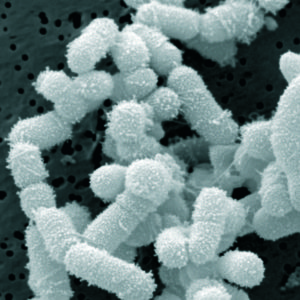 Good news today! I am happy to report that I (and family members) are now in our 8th year of successfully using probiotics to treat and conquer sinusitis. This includes both chronic sinusitis and regular sinus infections. Yes! This means no antibiotics or any other antibacterial has been used in more than 7 years.
Good news today! I am happy to report that I (and family members) are now in our 8th year of successfully using probiotics to treat and conquer sinusitis. This includes both chronic sinusitis and regular sinus infections. Yes! This means no antibiotics or any other antibacterial has been used in more than 7 years.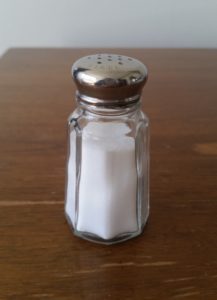 Eating a diet high in salt weakens the immune system's ability to fight harmful bacteria, according to a
Eating a diet high in salt weakens the immune system's ability to fight harmful bacteria, according to a 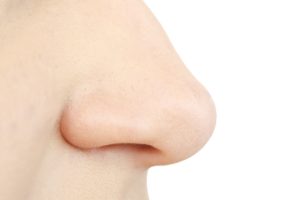 Have you recently lost your sense of taste or smell? Then you may be infected with the coronavirus COVID-19, even if you don't display any other symptoms.
Have you recently lost your sense of taste or smell? Then you may be infected with the coronavirus COVID-19, even if you don't display any other symptoms. We all know that lead exposure is harmful, especially to developing babies and children. But what about eating meat (e.g. venison) from an animal that has been shot with lead bullets? Does the lead contaminate the meat?
We all know that lead exposure is harmful, especially to developing babies and children. But what about eating meat (e.g. venison) from an animal that has been shot with lead bullets? Does the lead contaminate the meat?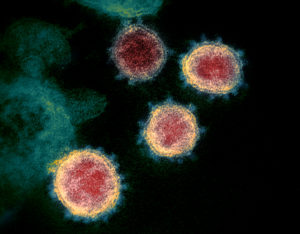 News stories about the coronavirus called COVID-19 now sweeping the globe have stressed that people over the age of 60, or people immunocompromised in some way, or with underlying health conditions are especially vulnerable to the virus. Which led many people to think that in persons younger than 60 getting a COVID-19 infection wasn't a big deal.
News stories about the coronavirus called COVID-19 now sweeping the globe have stressed that people over the age of 60, or people immunocompromised in some way, or with underlying health conditions are especially vulnerable to the virus. Which led many people to think that in persons younger than 60 getting a COVID-19 infection wasn't a big deal.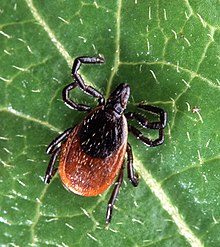 Lyme disease is a huge problem in many parts of the United States, with thousands infected each year. Lyme disease is caused by the bacteria Borrelia burgdorferi, and is transmitted to humans and animals during the bite of a deer tick.
Lyme disease is a huge problem in many parts of the United States, with thousands infected each year. Lyme disease is caused by the bacteria Borrelia burgdorferi, and is transmitted to humans and animals during the bite of a deer tick. The golden skin glow one gets from a healthy diet and lifestyle is real! A number of studies have found that eating a healthy diet with lots of fruits and vegetables increases skin yellowness (due to the carotenoids in the food). And recently
The golden skin glow one gets from a healthy diet and lifestyle is real! A number of studies have found that eating a healthy diet with lots of fruits and vegetables increases skin yellowness (due to the carotenoids in the food). And recently 